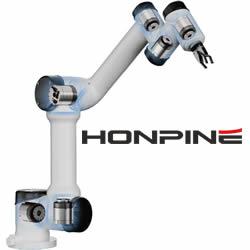MIT Roboticists Study Birds Behavior to Develop Agile Unmanned Aerial Vehicles
MIT researchers have identified a critical speed above which aircrafts and birds can definitely crash. According to them the northern goshawk, a bird that flies at high speed, observes a speed limit to protect itself from crashing into trees.
The scientist discovered that in a certain density of barriers, there is a specific speed below which a flying object or bird can fly freely without colliding with trees and other hindrances. Beyond that speed, an aircraft or bird is sure to collide into something even if it has sufficient knowledge about its surroundings.
Emilio Frazzoli, an associate professor of aeronautics and astronautics at MIT, stated that a prior knowledge on how fast to fly can aid engineers to program unmanned aerial vehicles to take off at elevated speeds through urban canyons or forests.
Apart from Frazzoli, other members include roboticists at MIT and biologists at Harvard University. The former is developing birdlike unmanned aerial vehicles, while the latter is studying the flying behaviors in northern goshawks and other birds.
The study establishes a hypothetical speed limit for obstacle-filled surroundings. In the case of unmanned aerial vehicles, even if robots are good at reacting and sensing their surroundings, there will always remain an optimal speed, which they will have to watch to ensure survival.
With Frazzoli's assistance, the team hopes to develop agile unmanned aerial vehicles that can fly through cluttered surroundings.
The results of the study have been accepted at the IEEE Conference on Robotics and Automation.
Featured Product

